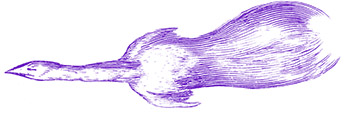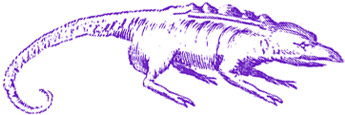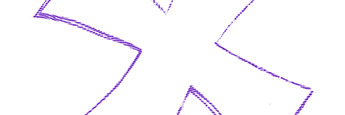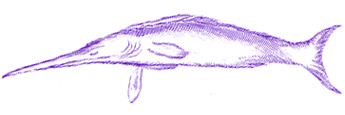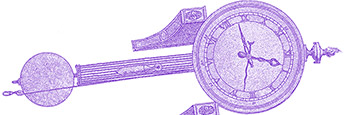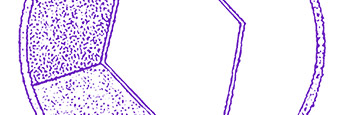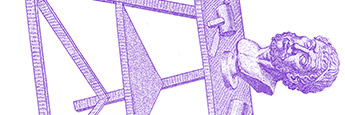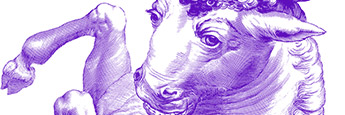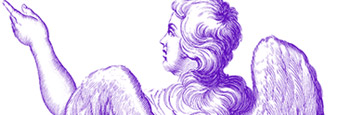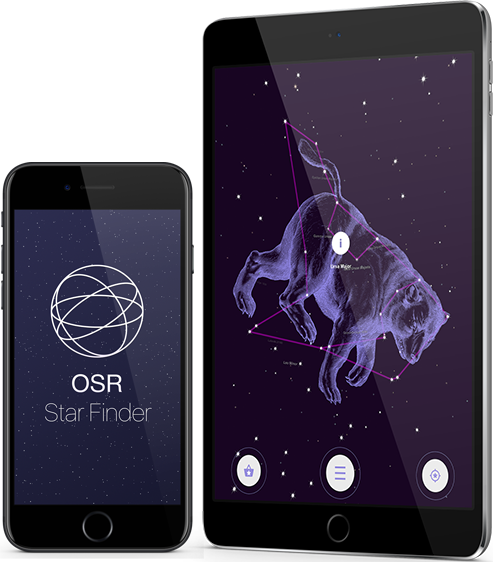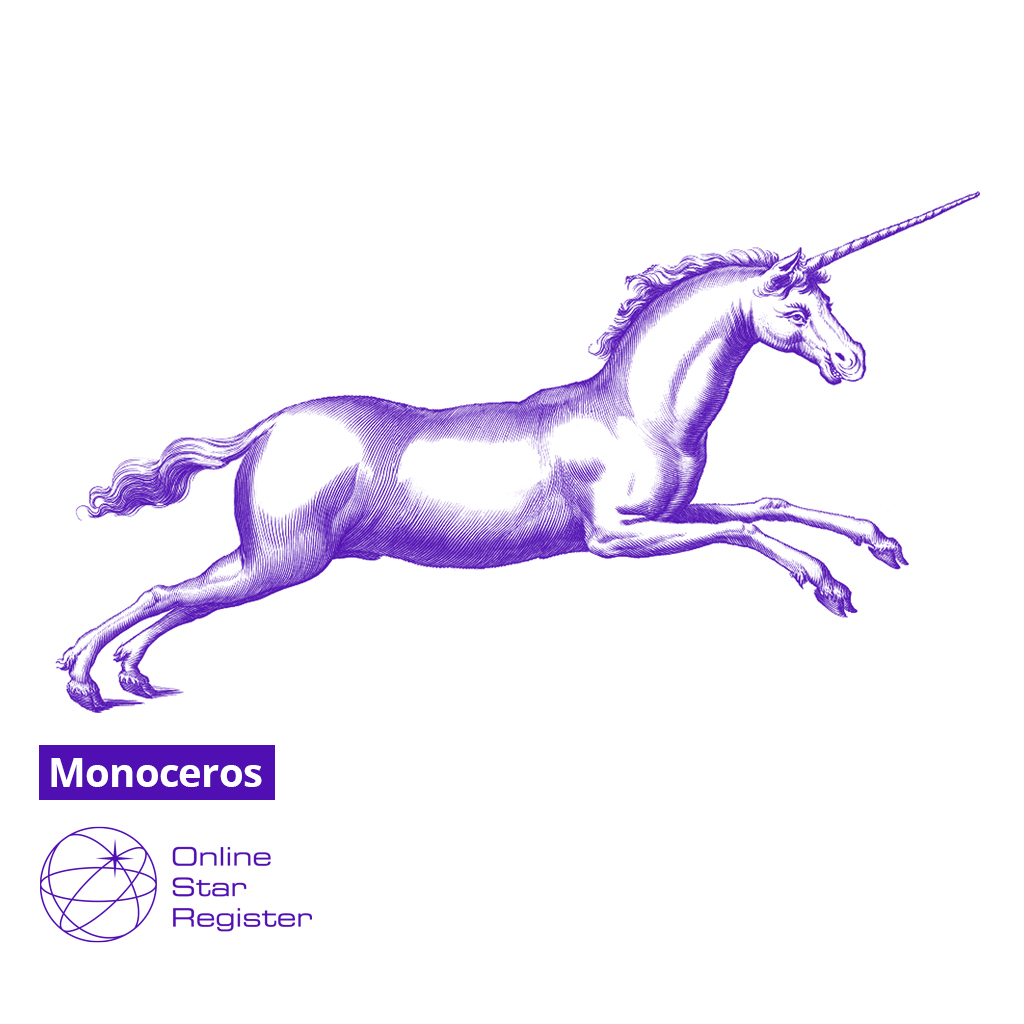
Monoceros by Johannes Hevelius - Adaptation by Online Star Register ©
Monoceros (The Unicorn): gift, map and visability
- Meaning: The Unicorn
- Best seen in: February
- Family: Orion
- Latitude: +75° to -85°
Monoceros or The Unicorn is one of the 88 constellations modern astronomers have divided the sky into. It's part of the Orion constellation family. Monoceros is best seen in february (from latitudes +75° to -85°).
Dutch theologian and cartographer Petrus Plancius depicted this constellation in 1612. The unicorn has long been regarded as a Christian symbol of purity. Two of the most notable stars in Monoceros are Plaskett’s star and HD 48099. Plaskett’s star is possibly the most massive binary systems known today. HD 48099 is 350,000 times more luminous than the Sun.
Monoceros Constellation Map

Main Stars in The Unicorn (Monoceros)
The constellation Monoceros contains several bright stars that make up its shape. Some of these main stars are known as:
- Alpha Monocerotis
- Gamma Monocerotis
- Delta Monocerotis
- Zeta Monocerotis
- Epsilon Monocerotis
- 13 Monocerotis
- Beta Monocerotis
Some of the deep sky objects which have been discovered in Monoceros include: Messier 50, Rosette Nebula, NGC 2244, Christmas Tree Cluster, Hubble’s Variable Nebula, NGC 2254, Red Rectangle Nebula.
You can now name your own star in the constellation of Monoceros in just a few clicks. Name the star, view it in 3D and look it up with the OSR Star Finder App!


